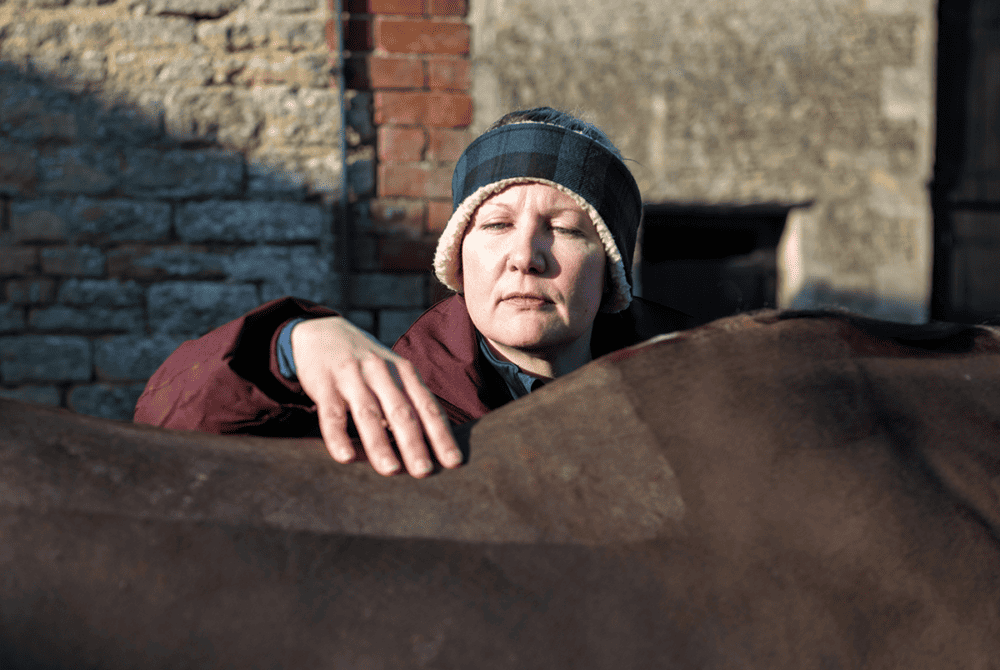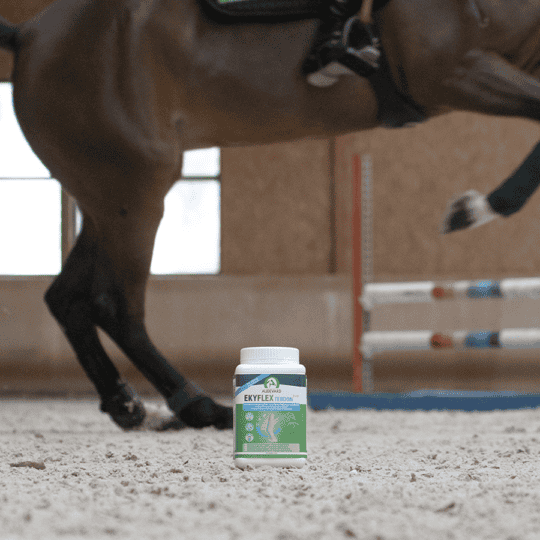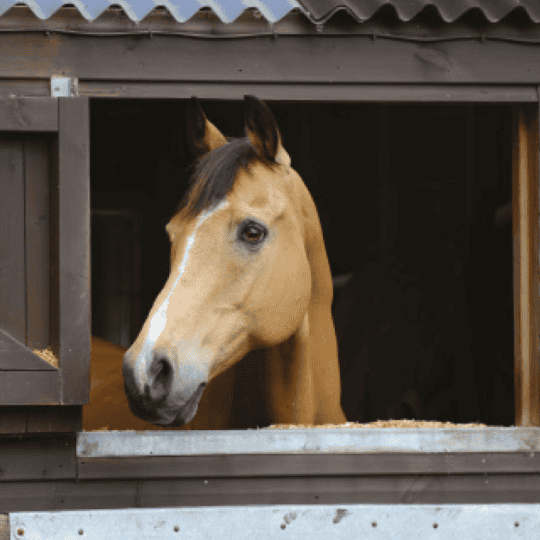What’s in a kiss?
Posted 23rd November 2023
If treated correctly, kissing spines needn’t spell the end of a horse’s ridden career, as vet David Rutherford explains

Kissing spines is a relatively common condition, but its severity varies between individuals and, while some horses clearly indicate they’re in considerable pain, others may show no symptoms at all.
If your horse is diagnosed with kissing spines, it can be easy to assume his ridden career is over, but, fortunately, that needn’t be the case. Modern treatments are available and they’re effective, so much so that a horse can make a full recovery, working just as well as he did before.
Did you know?
Kissing spines is more common in larger breeds, particularly Thoroughbreds, and is rare in ponies.
A progressive condition
The condition occurs when the upward projecting parts of the vertebrae, the dorsal spinous processes (DSPs), become too close together and start to grate on each other, resulting in pain. The cause isn’t fully understood, but it is, at least in part, a genetic condition passed down within breeding lines. However, the amount and type of work a horse is asked to do over his lifetime may also be a factor.
The most commonly affected region is the middle of a horse’s back under the saddle, but kissing spines can occur anywhere along the backbone.
The impingement of the bones can be at a single location but, more usually, several neighbouring vertebral spaces are affected. It’s a progressive condition, usually first seen in horses who are 7–14 years old, but it can be found in animals younger and older than this, too.
The warning signs
A horse with kissing spines will have reduced performance when ridden and pain in the back, but this can present in different ways. The first symptom might be a lack of propulsion, especially in canter. For example, your horse might buck, become disunited, refuse jumps or react when the girth is tightened or when being mounted.
They may have weak back muscles and often a pain response can be elicited by pressing firmly on the area. It can be useful to examine an affected horse under saddle, but this should be avoided if there is any risk of the rider being injured.
Learn more about kissing spines, the progress of diagnosis and treatment options in January Horse&Rider. Get your copy today!











